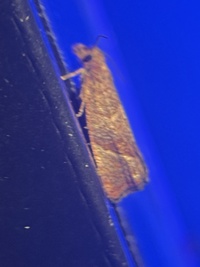
| Recorded by: Larry Chen, Sarah Toner on 2025-09-06
Beaufort Co.
Comment: | 
| Recorded by: Jim Petranka and Becky Elkin on 2025-07-29
Madison Co.
Comment: |
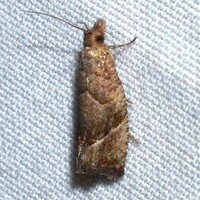
| Recorded by: Jeff Niznik on 2024-09-12
Orange Co.
Comment: | 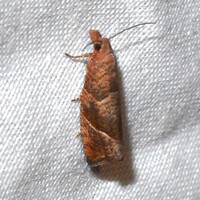
| Recorded by: Jeff Niznik, David George on 2024-09-07
Alamance Co.
Comment: |
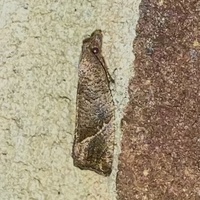
| Recorded by: Ken Kneidel on 2024-09-07
Mecklenburg Co.
Comment: | 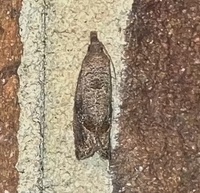
| Recorded by: Ken Kneidel on 2024-09-07
Mecklenburg Co.
Comment: |
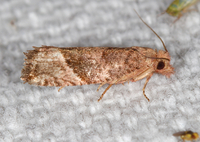
| Recorded by: Jim Petranka on 2024-08-25
Madison Co.
Comment: | 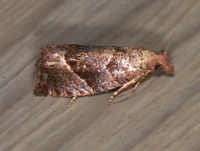
| Recorded by: Jim Petranka on 2024-08-22
Madison Co.
Comment: |
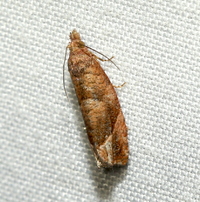
| Recorded by: David George, Jeff Niznik, Kevin Bischof on 2024-08-07
Transylvania Co.
Comment: | 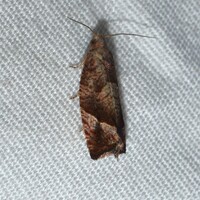
| Recorded by: David George, Jeff Niznik, Kevin Bischof on 2024-08-07
Transylvania Co.
Comment: |
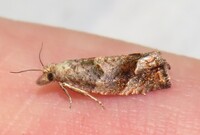
| Recorded by: B. Bockhahn on 2024-07-23
Macon Co.
Comment: | 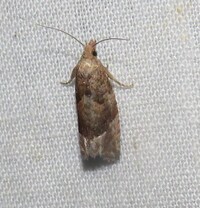
| Recorded by: B. Bockhahn on 2024-07-23
Macon Co.
Comment: |

| Recorded by: Jeff Niznik on 2024-07-14
Watauga Co.
Comment: | 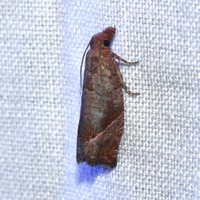
| Recorded by: David George, Jeff Niznik on 2023-09-04
Orange Co.
Comment: |
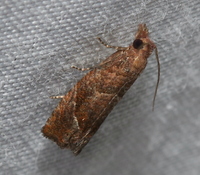
| Recorded by: David George, Stephen Dunn, Jeff Niznik on 2023-08-18
Caswell Co.
Comment: | 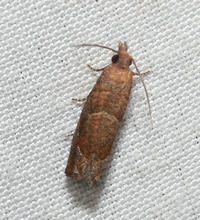
| Recorded by: David George, Stephen Dunn, Jeff Niznik on 2023-08-18
Caswell Co.
Comment: |

| Recorded by: Jim Petranka on 2023-08-14
Madison Co.
Comment: | 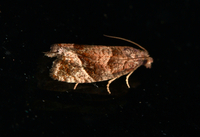
| Recorded by: Jim Petranka on 2023-08-13
Madison Co.
Comment: |
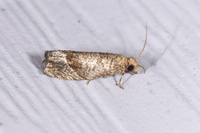
| Recorded by: Ed Corey on 2022-09-17
Martin Co.
Comment: | 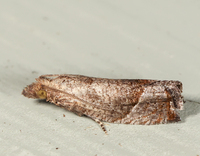
| Recorded by: John Petranka on 2022-08-28
Orange Co.
Comment: |
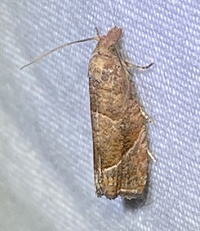
| Recorded by: David George on 2022-08-16
Avery Co.
Comment: | 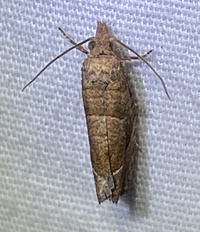
| Recorded by: David George on 2022-08-16
Avery Co.
Comment: |
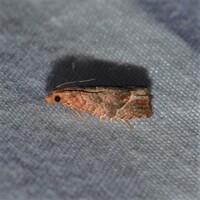
| Recorded by: Jeff Niznik on 2021-08-31
Wake Co.
Comment: | 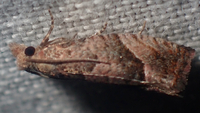
| Recorded by: tom ward on 2021-07-16
Buncombe Co.
Comment: |
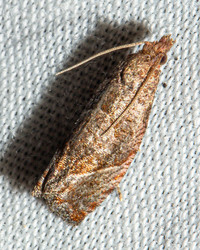
| Recorded by: Stephen Hall on 2020-09-07
Orange Co.
Comment: | 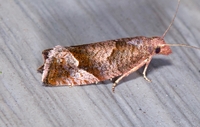
| Recorded by: Jim Petranka and Becky Elkin on 2020-09-01
Madison Co.
Comment: |
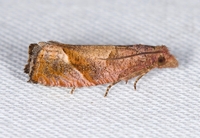
| Recorded by: Jim Petranka and Becky Elkin on 2020-08-21
Madison Co.
Comment: | 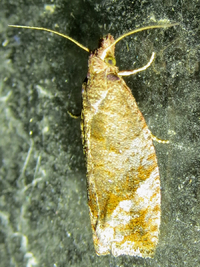
| Recorded by: tom ward on 2020-08-08
Buncombe Co.
Comment: |
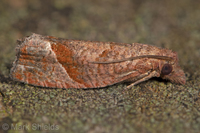
| Recorded by: Mark Shields on 2019-09-13
Onslow Co.
Comment: | 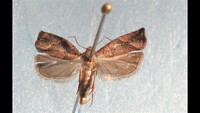
| Recorded by: Darryl Willis on 2016-09-04
Cabarrus Co.
Comment: |
|

 »
»


















